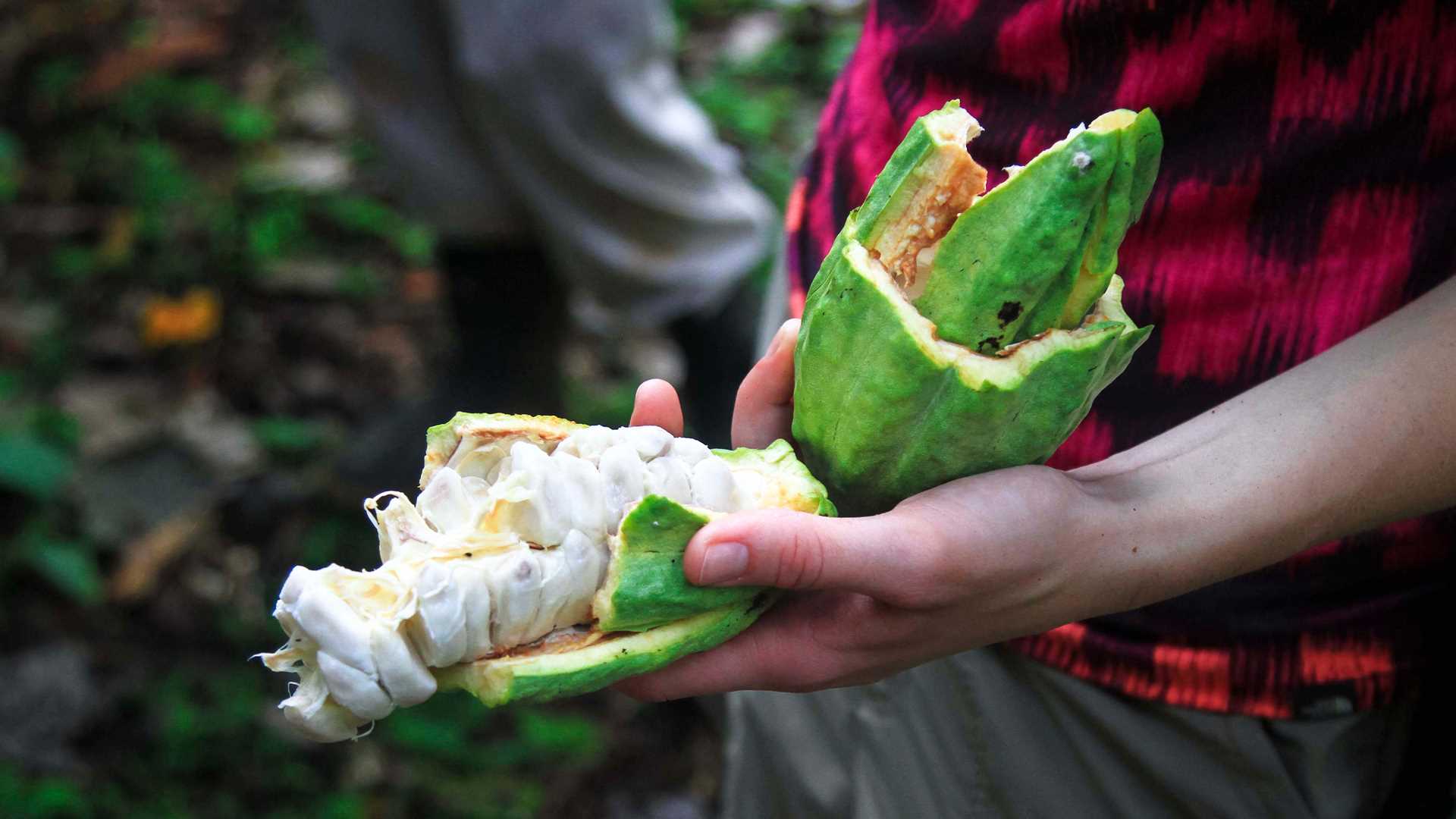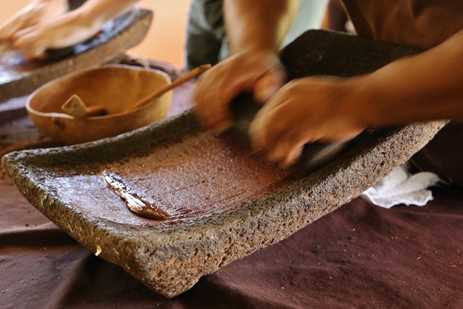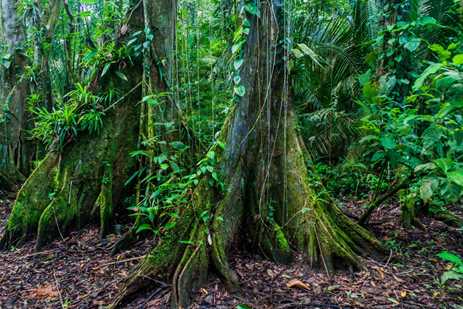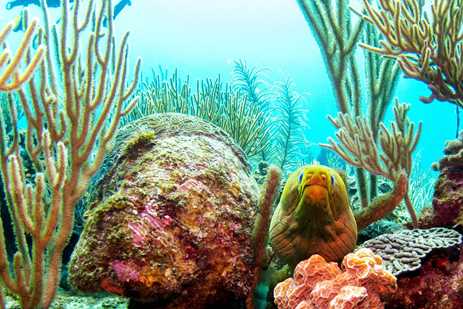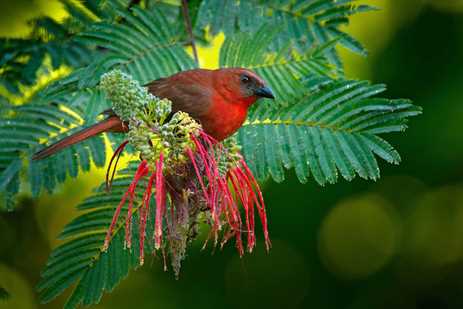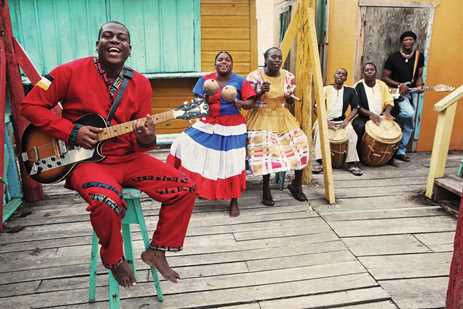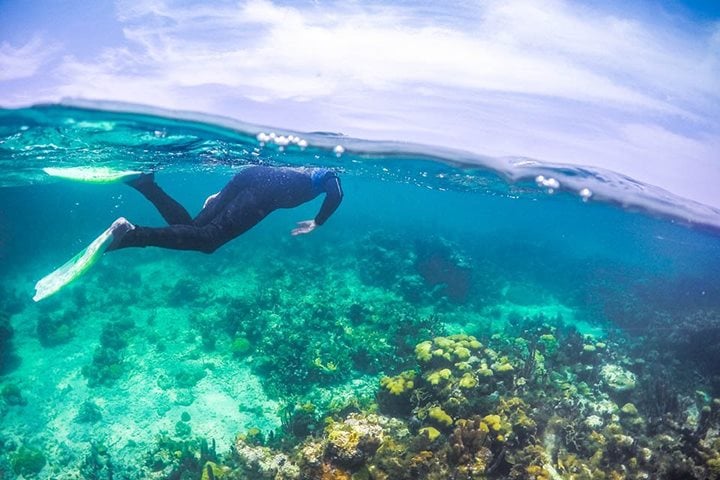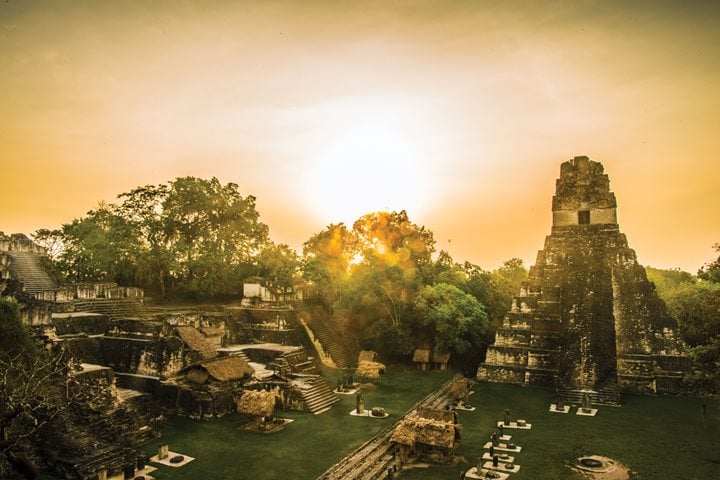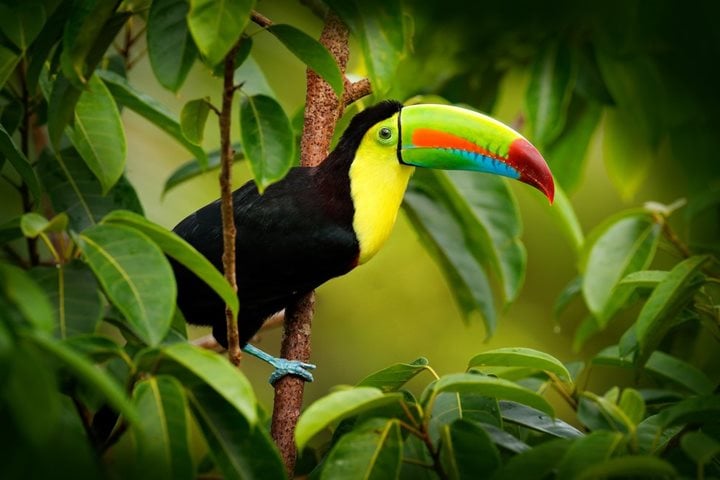Though it’s only a small slice of the Mesoamerican coast, Belize is an oasis of the unexpected. A longtime conservation leader, its jungles and waters are some of the most extensively protected in the Americas. As a result, the reefs and rainforests teem with bountiful biodiversity and tropical treasures—some of which can even be healing, for those who know their secrets. It’s a place where both the ruins and the roots of Ancient Maya civilizations are ever-prevalent, where indigenous traditions and a conglomerate of modern cultures collide for a wholly unique experience. Here, five little-known, yet amazing allures of this coastal Caribbean country. Get Inspired by Photos, Videos, Webinars, Stories, and Exclusive Offers. Sign Up
May 2023
Watch

